
by Jen Owen, N.P. | Nov 22, 2020 | Mind-Body Medicine, Seasonal Health
It’s that time of year again when we get to take a pause and remember everything we’re grateful for. There are so many great gratitude practices out there. The one that works best for me has three parts. I actually try to do this practice several times a week and not just around the Thanksgiving holiday.
You can say your gratitudes out loud or write them down.
The main key to getting the most out of any gratitude practice is the feeling behind it. Anyone can say the words. To get the most benefit, you want to take the time to breathe and feel all the feelings about the things you say or write.
Research on gratitude shows that a regular gratitude practice can literally make you happier, improve your health in general, and improve brain function.
Here’s my 3-part practice:
Part 1: Challenges gratitude
The first part of gratitude is for the challenges in your life. Yep. That’s right. Think of anything that’s felt hard or brought you strife and be thankful for it.
What did you learn? Did it change something else in your life for the better? What benefits did the challenge bring?
For example, the pause that happened with the first stay-at-home order allowed me the space to realize that I wanted to do primary care integrative medicine again. I started the insurance credentialing process while I had a break from my regular schedule. I’m so grateful I had that time.
Part 2: Current gratitude
This part is the most commonly know form of gratitude.
What are you thankful for in your life right now?
Think of everything you can, including physical items, your home, the people in your life, money, etc.
If you’re having a hard time right now, your gratitude might be as simple as the shoes on your feet or the roof over your head. It’s okay if it’s simple. Remember, it’s the feeling that counts.
This one is the most fun!
Be grateful for everything in your life you’re wanting to come to you, as if it’s already here.
For example, if you want a new position at your job, you say, “Thank you for this new position”, and then allow yourself to feel everything you’ll feel on the day you get it.
And that’s it!
I challenge you to try this practice every day for two weeks and see what happens.
And then, of course, let me know.
Integrative Medicine includes mind-body practices like these. When we connect the dots between body, mind, and spirit, true and sustained healing is possible. If you’re in Oregon, come on in and see me in my clinic.
Happy Thanksgiving! I’m so grateful to you for reading this post.
Have a favorite gratitude practice? Please post it below!
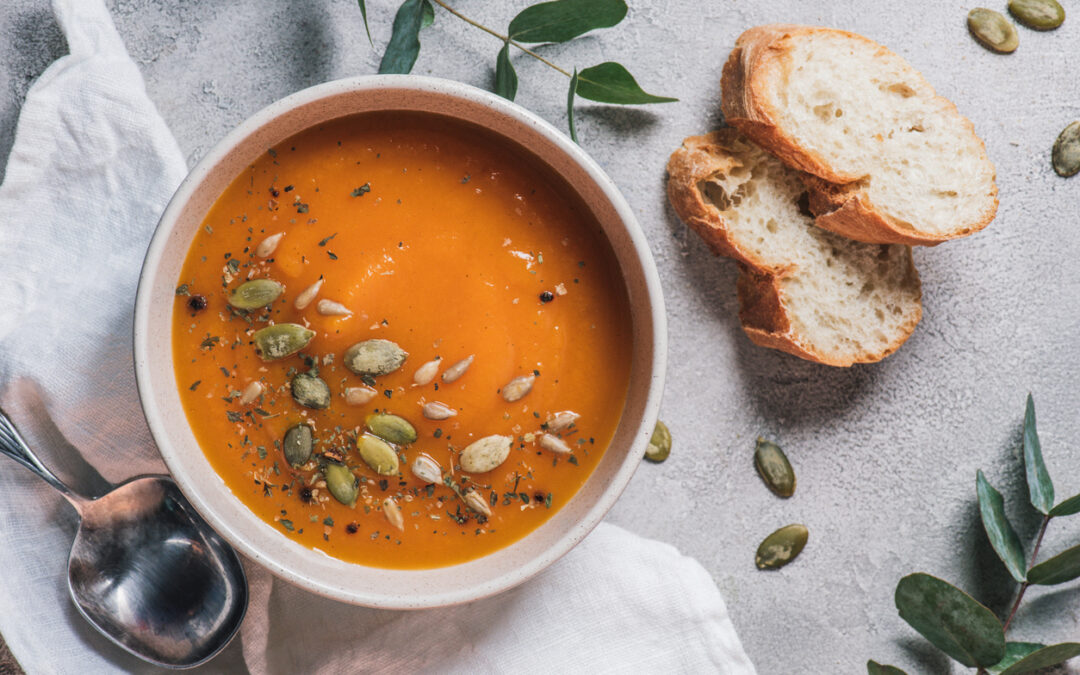
by Jen Owen, N.P. | Nov 19, 2020 | Food Medicine, Seasonal Health
It’s almost Thanksgiving and time for some good eats!
A lot of the Thanksgiving foods are high in sugar and saturated fats. I like to add in some healthier options whenever possible.
#1: Pumpkin Soup
On Thanksgiving, I always get hungry in the afternoon. My family usually eats the large meal around 4-5pm. By 1pm, I’m starving.
This soup can be made ahead so all you have to do is warm it up when you’re ready.
I’ve had the Vegetarian Times Complete Thanksgiving Cookbook for years and I’ve made the pumpkin soup many times.
It’s the perfect snack for Thanksgiving and keeps you in the fall mood.
Ingredients:
1 tablespoon olive oil
1 teaspoon ground cumin
1 teaspoon ground coriander
1/4 teaspoon cinnamon
2 cups diced yellow onion
2 cups fresh pumpkin puree or one 15-ounce can pumpkin
6 cups vegetable stock
Salt to taste
1/4 cup thinly sliced scallion
1/2 cup toasted croutons
Preparation:
Heat oil in a 3 1/2-quart saucepan. Add dry spices, stirring to warm, but not browning, about 1 minute.
Add onion, stirring to coat. Saute over medium heat until onion if soft but not brown, about 5 minutes. Add pumpkin puree and stock; stir to mix. Bring to a boil. Lower heat to a simmer. Simmer, covered, until soup is slightly thickened and flavors are melded, about 20 to 25 minutes. Salt to taste.
Pour soup into a large bowl. Puree in batches in a food processor or blender. Return to pan. Heat before serving. Garnish with scallions or croutons.
Serves 8.
#2: Shredded Brussels Sprouts Salad
This one is SO good! And, it’s pretty, too. It comes from blogger, Iowa Girl Eats.
It makes a lovely side dish for Thanksgiving and brings a little veggies on board.
For dairy free, it’s still quite good without the cheese.
Ingredients:
12oz brussels sprouts, tough outer leaves pulled away
1/4 cup dried cranberries
1/4 cup Fisher Naturals Pecan Halves, roughly chopped
1/4 cup gorgonzola cheese crumbles
1 pear, chopped
2 jumbo shallots, thinly sliced
1/4 cup extra virgin olive oil
For the Maple-Balsamic Vinaigrette:
2 Tablespoons extra virgin olive oil
2 Tablespoons balsamic vinegar
1 Tablespoon maple syrup (not pancake syrup)
1 teaspoon Dijon mustard
salt and pepper
Preparation:
Using a very sharp knife, thinly shred brussels sprouts while holding onto the core end then discard cores and add shredded sprouts to a large bowl with dried cranberries, chopped pecans, gorgonzola cheese, and chopped pears. Set aside.
Heat extra virgin olive oil in a large skillet over medium-high heat. Add half the shallots then fry until golden brown, 2-3 minutes, stirring occasionally. Scoop onto a paper towel-lined plate to drain then repeat with remaining shallots. Sprinkle with salt then let cool slightly.
Add ingredients for Maple Balsamic Vinaigrette together in a jar then shake to combine. Pour over salad then toss to coat. Add fried shallots then toss to combine, and then serve.
Serves 4-6.
#3: Maple & Cayenne Roasted Acorn Squash with Brown Butter Hazelnuts
It’s not easy to find a squash recipe that actually tastes really good.
Here you go with this one from Oregon blogger, Dishing Up The Dirt.
It’s the perfect combination of sweet, salty, and savory.
The first time I made it, I didn’t have any hazelnuts. I used almonds and they worked fine.
You don’t need as much butter as the recipe suggests. I would cut it in 1/2 at least. I also think you could simply toast the nuts and it would still be delicious.
Ingredients:
1 medium sized acorn squash, cored and cut into wedges (no need to peel)
2 tablespoons olive oil
1/4 cup pure maple syrup
1/8 teaspoon cayenne pepper
pinch of salt
1/2 cup hazelnuts, coarsely chopped
1/4 cup unsalted butter
1/4 cup parsley, minced
Preparation:
Preheat the oven to 400F.
In a large bowl toss the squash wedges with the maple syrup, oil, cayenne and pinch of salt until evenly coated. Place the squash in a single layer on a rimmed baking sheet and bake in the oven until tender and caramelized, about 35-45 minutes. Flip the squash halfway through cooking.
While the squash roasts prepare your brown butter hazelnuts. Heat a small dry skillet over medium heat. Add the hazelnuts and cook, shaking the pan often, until they are lightly browned and fragrant, about 5 minutes. Add the butter and cook, stirring frequently until the butter is golden brown and flecked with brown bits, about 5 minutes. Pour the hazelnut mixture into a bowl and set aside.
Sprinkle the roasted squash with the brown butter hazelnuts and minced parsley and serve warm.
Serves 4.
Hope these bring some new and healthier options for your Thanksgiving this year.
What are your favorite healthier recipes for the holiday?
Please share them in the comments below.
Happy Thanksgiving!

by Jen Owen, N.P. | Nov 12, 2020 | Mind-Body Medicine
I love the benefits from my regular Epsom salts baths, and I felt I should share. Epsom salts are actually not salts, but are a combination of magnesium and sulfate. They get their name from a saline spring in Epsom in Surrey, England.
Magnesium works on at least 300 different enzymatic processes in the body. It is easily absorbed through the skin. It is known to decrease stress by increasing serotonin levels and decreasing adrenaline levels. Serotonin relaxes and calms, while adrenaline is involved in fight-or-flight.
Stress depletes magnesium levels, so it is thought that over 1/2 of Americans are deficient. Magnesium can be helpful for muscle aches, PMS, migraine headaches, injuries, decreasing inflammation, skin exfoliation, and more. Sulfate helps to increase the absorption of magnesium, reduce pain, especially headache pain, and flush toxins from the system.
Epsom salts baths can help to relax your muscles, draw toxins from your body, decrease swelling, and help you have very soft skin. They may even give your hair more body and shine.
I also find that Epsom salts baths are spiritually cleansing. They help to clear your aura and raise your spiritual vibration. After a bath with Epsom salts, I feel revived, energetic, and much more mentally clear.
Best of all, using Epsom salts is inexpensive and accessible. You can find them in any pharmacy or grocery and they run between $4-10, depending on the amount you purchase. Simply add 2 heaping cups to your warm bath and experience them for yourself. For best results, submerge yourself as completely as possible several times during your bath.
If you enjoyed this article, be sure to join my Sacred Sundays newsletter list for mind-body wellness tips and journaling prompts in your inbox every Sunday morning.

by Jen Owen, N.P. | Nov 4, 2020 | Mind-Body Medicine
With everything that’s been happening in the world and in our country right now, it’s important to keep track of your own energy.
It’s wise to take a few moments every day and consider how your energy is doing with all of it.
Are you exhausted?
While we don’t have control over what’s happening, we DO have control of how we react and how we engage.
When we’re grounded and aware, we don’t engage as much and we don’t have such strong reactions.
When we let ourselves get too engrossed, we feel all the effects and our energy systems get overloaded and burned out.
Here are 5 tips for protecting your energy during stressful times:
#1
Take social media and email completely off of your phone or log-out when you’re done. This will force you to go to a larger device to engage or you’ll have to consciously log-in to get access. When you see the log-in page, you can check in to make sure you’re not simply on auto pilot and ensure you do in fact want to log-in.
#2
Before you turn on the news or engage in social media, stop and check in with where you are energetically. Are you feeling strong and ready to read all the stuff? Are you engaging because you really want to engage or because you’re lonely or frustrated? Is there something else you could do that would ensure your needs are being met and that you’re staying strong amidst the chaos?
#3
Turn it all off before you get reactive. I can take about 5-10 minutes of social media or news right now. As soon as I find myself feeling any emotion I don’t want to feel, I turn it off. It’s not worth it! I can always check back in an hour or so and see if there’s any new news. Most of the time, there’s not. You can usually glean all you need to know from the day within 5-10 minutes.
#4
Unfollow or unfriend people who upset you. I know we must be discussing the issues of our times and I also feel strongly that social media posts are not always the productive place to do so. You DO NOT have to stay friends with people on social media for any reason. It’s your space and you can let whomever you want into it. I won’t tolerate racism, sexism, homophobia, or anything else I believe strongly against to be on my page. I also will not tolerate any sarcastic remarks made on my posts. I don’t have to, and you don’t either!
#5
Have an email and social media free day. Pick one day a week when you don’t log in at all. Sundays are often that day for me. . It’s so nice to spend time with myself and my husband without the interference of the outside world. If a whole day feels like too much, commit to a few hours now and then and reap the benefits.
More than anything, we must protect our precious energy and make sure we keep what we need available for us!
These are some of the things I do to make sure I can show up for all of you.
What other things do you do?
Please comment below and be sure to share this post with friends who need to hear it, too.
Protecting energy has been a very common topic in my integrative clinic recently. A patient may be here to discuss test results and we realize that their energy is the most important topic for the appointment. We’ll sort out where they’re giving energy away and brainstorm ideas to keep them grounded and feeling their best.
Working with me as your health care provider means we consider all aspects of your life in our care plan.
Schedule here to experience true integrative medical care.

by Jen Owen, N.P. | Nov 4, 2020 | Integrative Medicine, Seasonal Health
Welcome to this week’s topic about finding the best health care plan to support your desire for integrative care.
There are 5 main things you’ll want to keep in mind if you have the option to switch health insurance plans during this open enrollment period from November 1-December 15:
First: Are Your Preferred Providers Covered In-Network?
Check to see that the providers you actually want to work with are covered by your plan.
When you are given the list of possible plans either by your own search, the marketplace, or your agent, be sure to search for each provider you want to see in the provider directory.
Don’t forget to look for your alternative care providers, such as your chiropractor, acupuncturist, and massage therapist.
I did a live video about this on my Wellness Wednesdays Facebook Live. Click here to watch it.
Second: What Labs Are Covered?
Look into what lab tests are covered by your insurance. Usually this is a very small amount of labs, like cholesterol and blood sugar.
Find out which laboratory companies are the preferred options for each plan. Do these work well with your primary and specialty care providers?
Are you interested in getting specialty testing like a food sensitivity panel? Does the insurance plan you’re considering work well with specialty testing companies?
Third: Are “Alternative” Treatments like Chiropractic or Acupuncture Covered?
Many plans offer a certain number of these types of visits. How about the one you’re considering?
What is your co-pay for these services?
Is the plan more expensive every month because it offers these services? Would there be less cost to you if you paid out of pocket versus paying extra for this coverage?
Fourth: What Medical Care Do You Foresee Needing Next Year?
Will you simply be using your insurance for your wellness checks or do you know you need an expensive procedure?
If you’ll be seeing your primary care provider only once or twice to get your annual exams and screenings and don’t plan on much else, a high deductible plan might make sense.
This could free up cash-flow for specialty care and testing.
But, if you know you need a surgery or something else with a higher cost, it might make more sense to pay a higher monthly fee with a lower deductible.
Fifth: Could Working With an Agent Alleviate Stress For You?
A few years ago, I found an amazing agent to help me navigate the healthcare maze. She’s been particularly helpful with options for my small business.
Having an agent is great for objective advice and to make sure you know all your options.
A good agent will present you with the very best options for you and you don’t pay them anything.
If you want to get in touch with my agent, she is Rachelle Thayer of Northwest Strategic Insurance Advisors.
What other questions do you have? Comment below and let me know and share this post with friends who might also need this information.

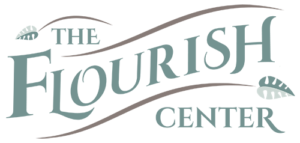

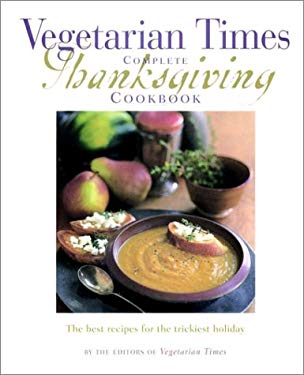
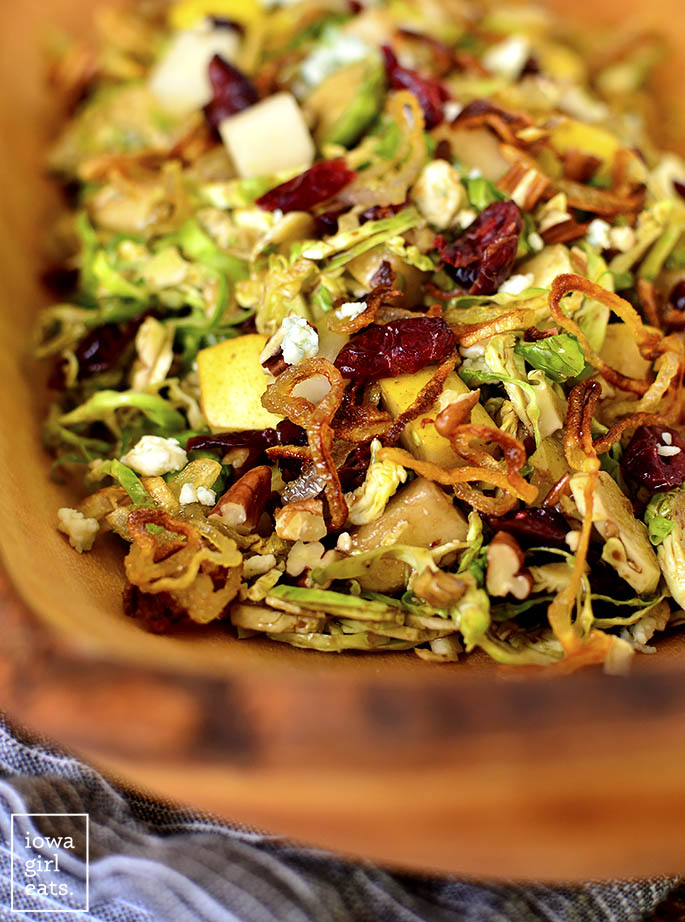
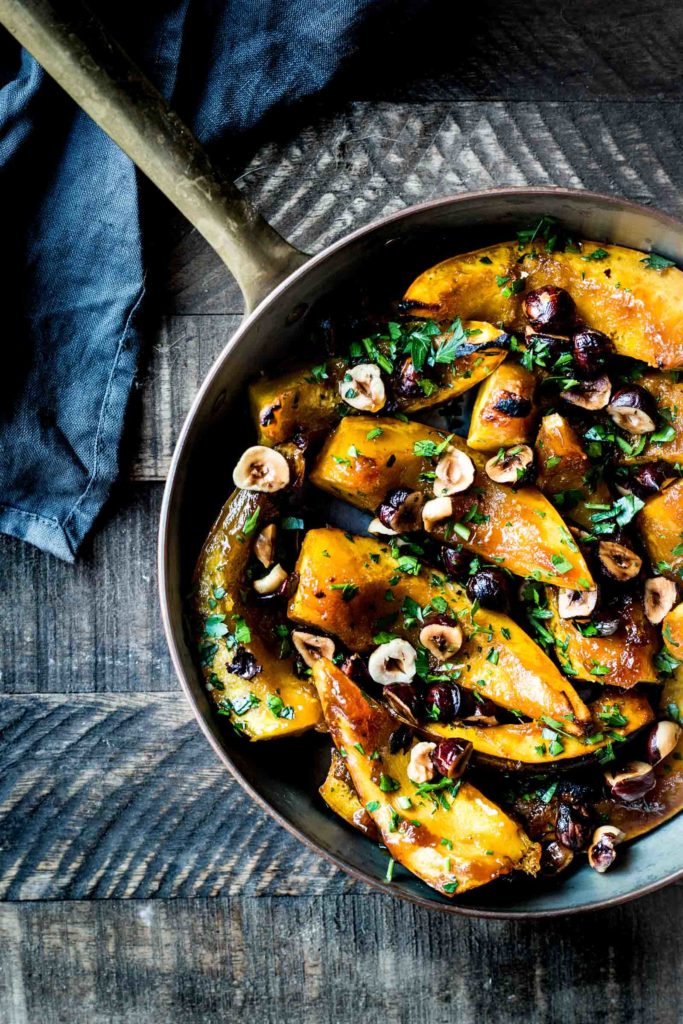



Recent Comments